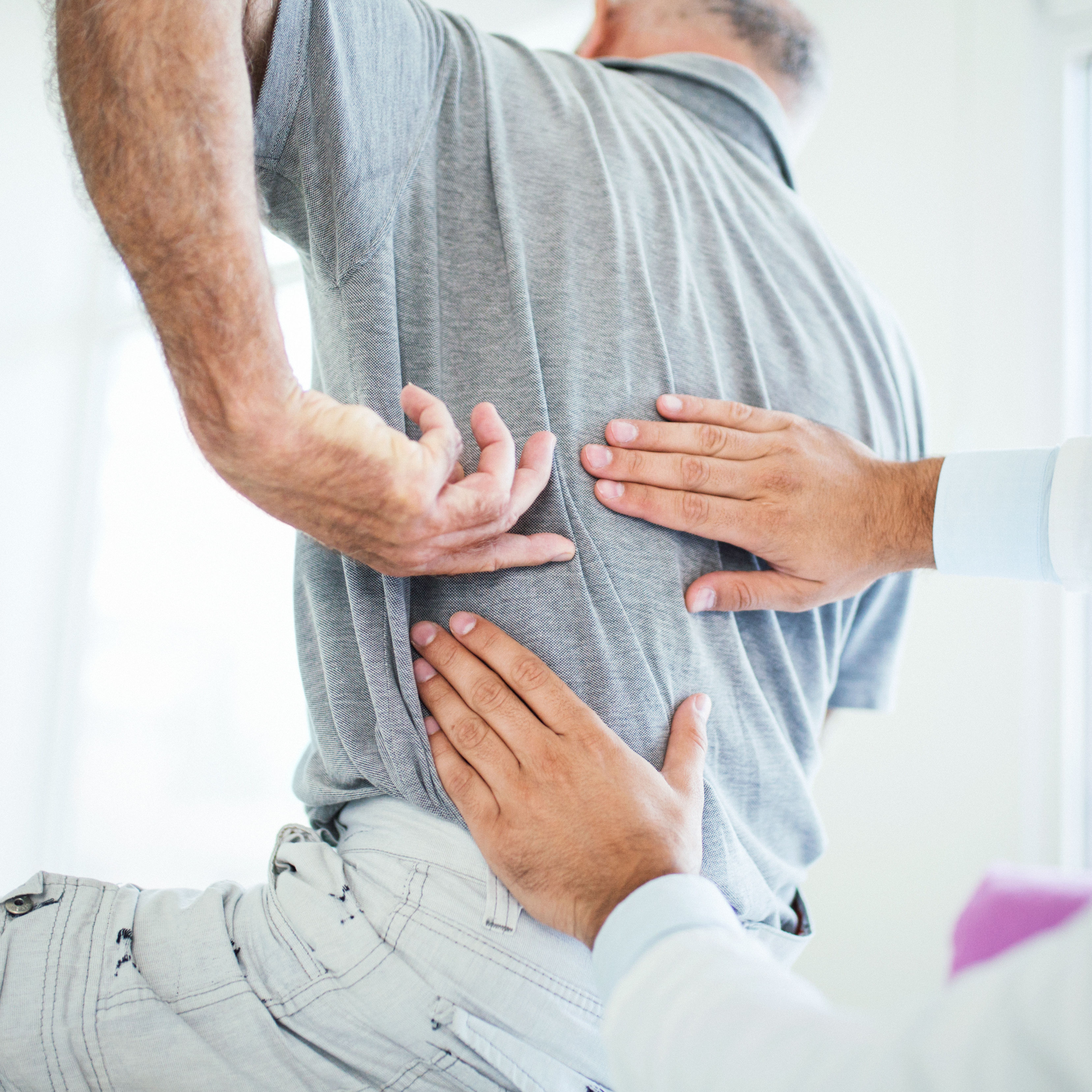
Do you suffer from back pain, neck pain or sciatica? If you do, you'll be glad to hear that we offer safe and effective spinal decompression therapy in our office.
Non-surgical spinal decompression is a great way to restore your back to health. Studies have shown that spinal decompression can effectively treat back pain, sciatica, disk herniations, and other pain conditions.
A Stanford University study found that non-surgical decompression resulted in an 83% reduction in back pain, with a high rate of patient satisfaction.
You don't need to suffer from back pain, neck pain, or sciatica! Call our office today to see if non-surgical spinal decompression therapy can help you get back to health!
How does spinal decompression help your spine heal?
Your spine is made up of bones called vertebrae, and these are separated by tough, fibrous, flexible disks. The disks allow your spine to flex, bend, and twist - and also act as shock absorbers between the vertebrae.
If your back is injured, strained, or if you have chronic pain, the individual segments of your spine can become immobile, tight, and restricted. This fixation of the spine creates tremendous pressure on the disks.
This pressure can cause the disks to bulge or herniate, or can cause inflammation in the nerves that travel from your spinal cord to the rest of your body. If the nerves become irritated or pinched, it can cause back pain, sciatica, or even numbness and tingling in your hip and leg.
Spinal decompression works by gently stretching your spine and reducing the pressure on your disks, restoring your spine's natural function and flexibility.
The treatment process is easy and relaxing. First, the doctor will determine the specific area of the spine to target, and configure the decompression machine. During a decompression treatment, you will lie comfortably on a padded table. A belt fits around your waist and your lower chest.
Then, the computer-controlled decompression system slowly and precisely stretches your spine, then releases. Over the course of a treatment, your spine will be carefully stretched and relaxed many times, “decompressing” the affected disks of the spine. This increases circulation, hydration, and nutrition to the disk.
Location
![Exterior of Office [[COMPANY_NAME]] in [[COMPANY_AREA]]](https://ik.imagekit.io/mrys9mptj7/tr:w-1172,h-615,cm-extract,x-112,y-5/PixofOffice.PNG)
Our Team
